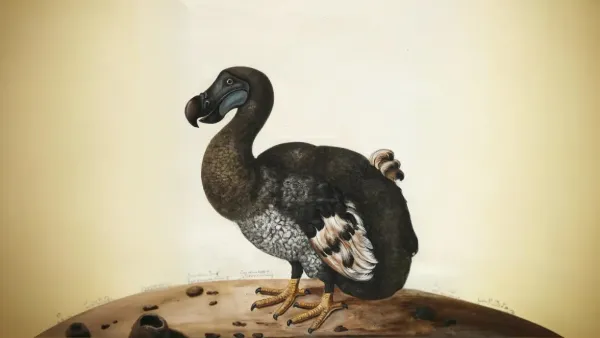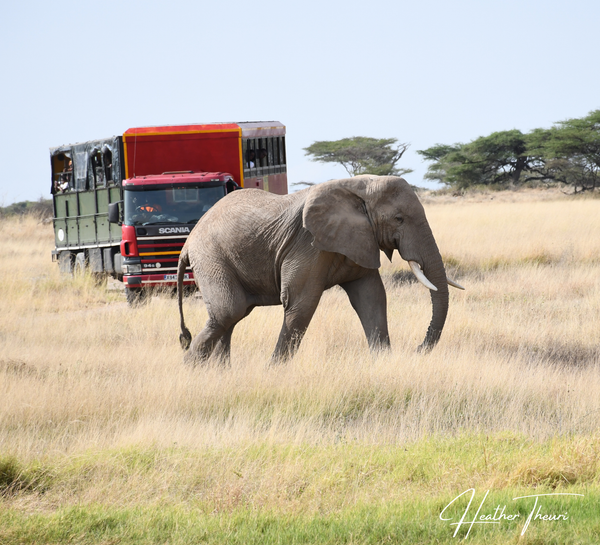Why Kelp Forests Deserve a Spot in the Climate Hero Hall of Fame
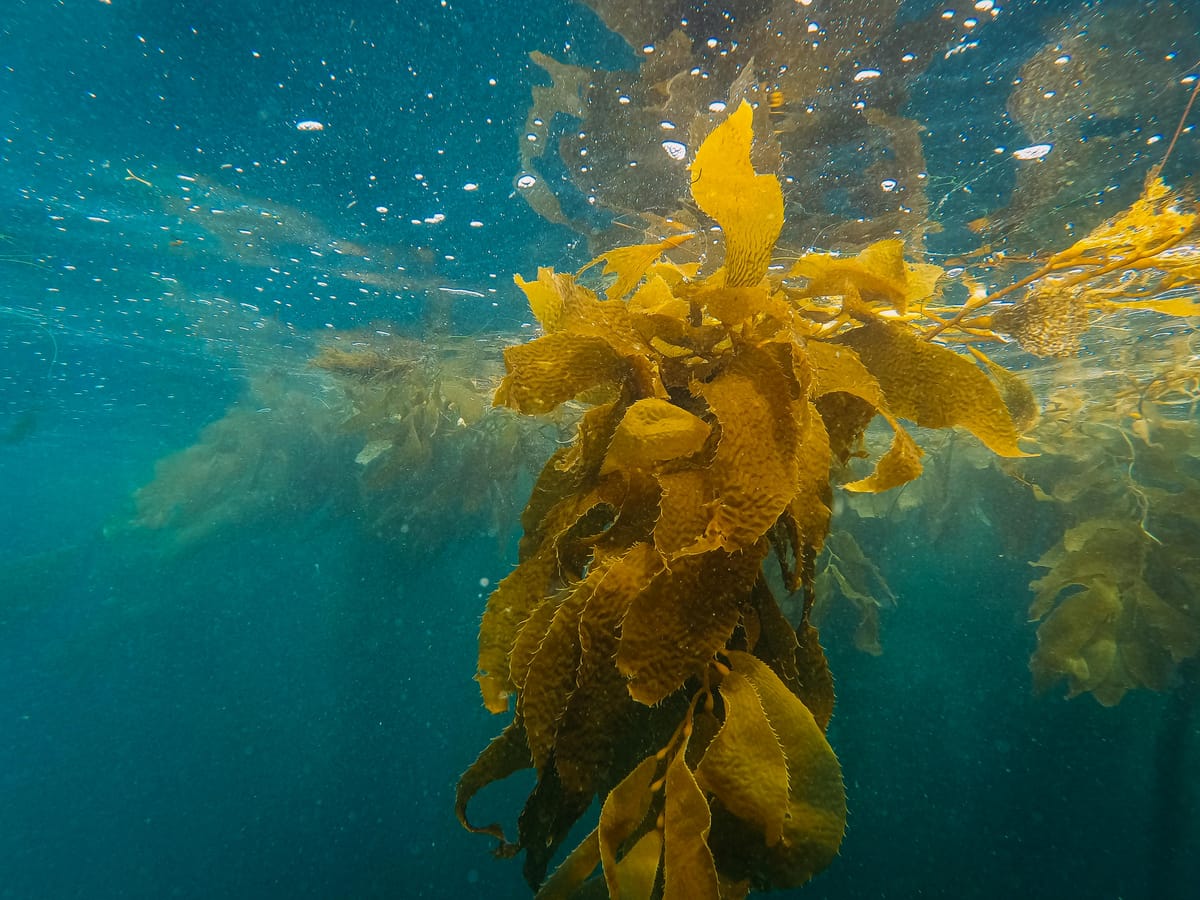
Picture this: you’re watching a nature documentary, and suddenly, a sea otter is gliding through a forest—not on land but underwater. The dense, silky "trees" swaying back and forth seem almost magical. What is this mysterious underwater grove? Meet kelp—one of the ocean’s most enchanting residents and a surprising powerhouse in the fight for our planet's health.
Kelp is a type of large brown algae, and while it looks like a plant, it’s actually something quite different. Growing in cool, clear, nutrient-rich waters, kelp relies on sunlight, making shallow coastal regions its prime habitat. 🌞
Kelp’s Secret to Standing Tall: The Holdfast 🌊
Unlike plants with roots, kelp has a unique "root system" called a holdfast. This intricate structure anchors the kelp to the rocky seafloor, allowing it to sway gracefully with the currents without drifting away. But kelp forests aren’t static—they can vanish and reappear depending on ocean conditions. With a knack for adapting, kelp can even establish itself in new areas when conditions are just right.
Among the 30 species of kelp, there’s one true giant: Giant Kelp. This species can stretch up to an astonishing 175 feet! 🌱 That’s taller than most trees on land! Each species brings its own twist to the ecosystem, creating one of the most biodiverse marine habitats on Earth.
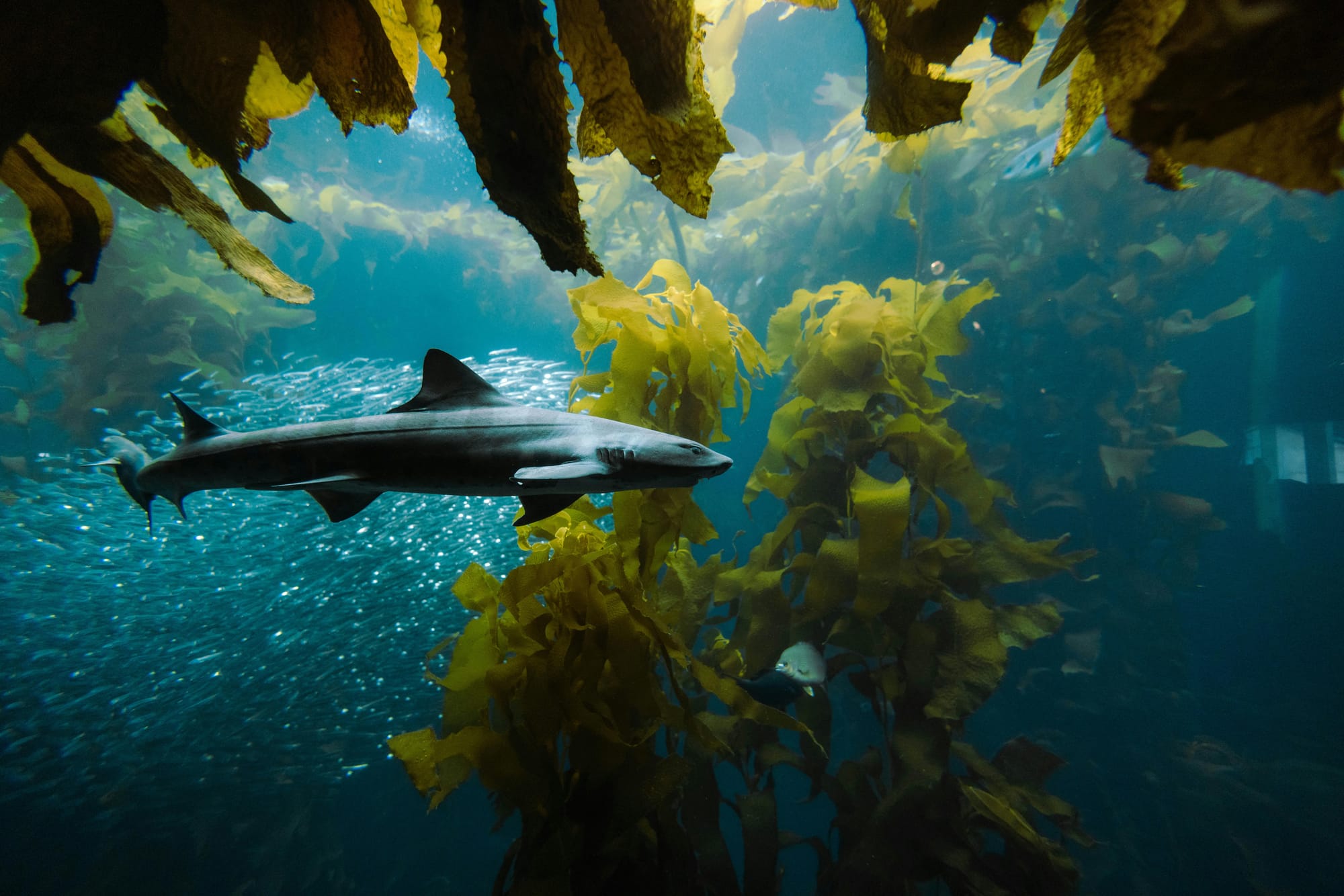
A Safe Haven for Ocean Life 🐟🐚
Kelp forests are like bustling underwater cities, offering food and shelter for an array of ocean life. From mammals to birds to invertebrates, these forests play a critical role in ocean biodiversity. Sea otters, whales, sea lions, and countless other creatures rely on kelp forests to protect their young, shield them from predators, and provide nourishment. 🌍
Even more fascinating? The kelp-otter-urchin connection. Sea urchins treat kelp forests like an all-you-can-eat buffet, which can be destructive if left unchecked. Enter the sea otter—a voracious sea urchin predator. By keeping sea urchin populations in balance, otters help maintain the health and survival of these vibrant underwater forests.
Kelp: A Climate Champion 🌍💙
Did you know that kelp forests help fight climate change? That’s right! These underwater forests are potent carbon sinks, capturing and storing carbon faster than terrestrial forests. This makes kelp a valuable part of "blue carbon"—the carbon stored by our coastal ecosystems. It’s a jackpot for our planet! 🏆
But climate change is also threatening kelp forests. Rising ocean temperatures, pollution, and overfishing put kelp ecosystems at risk. As waters warm, the delicate balance kelp needs to thrive is thrown off, making conservation efforts for kelp forests more critical than ever.
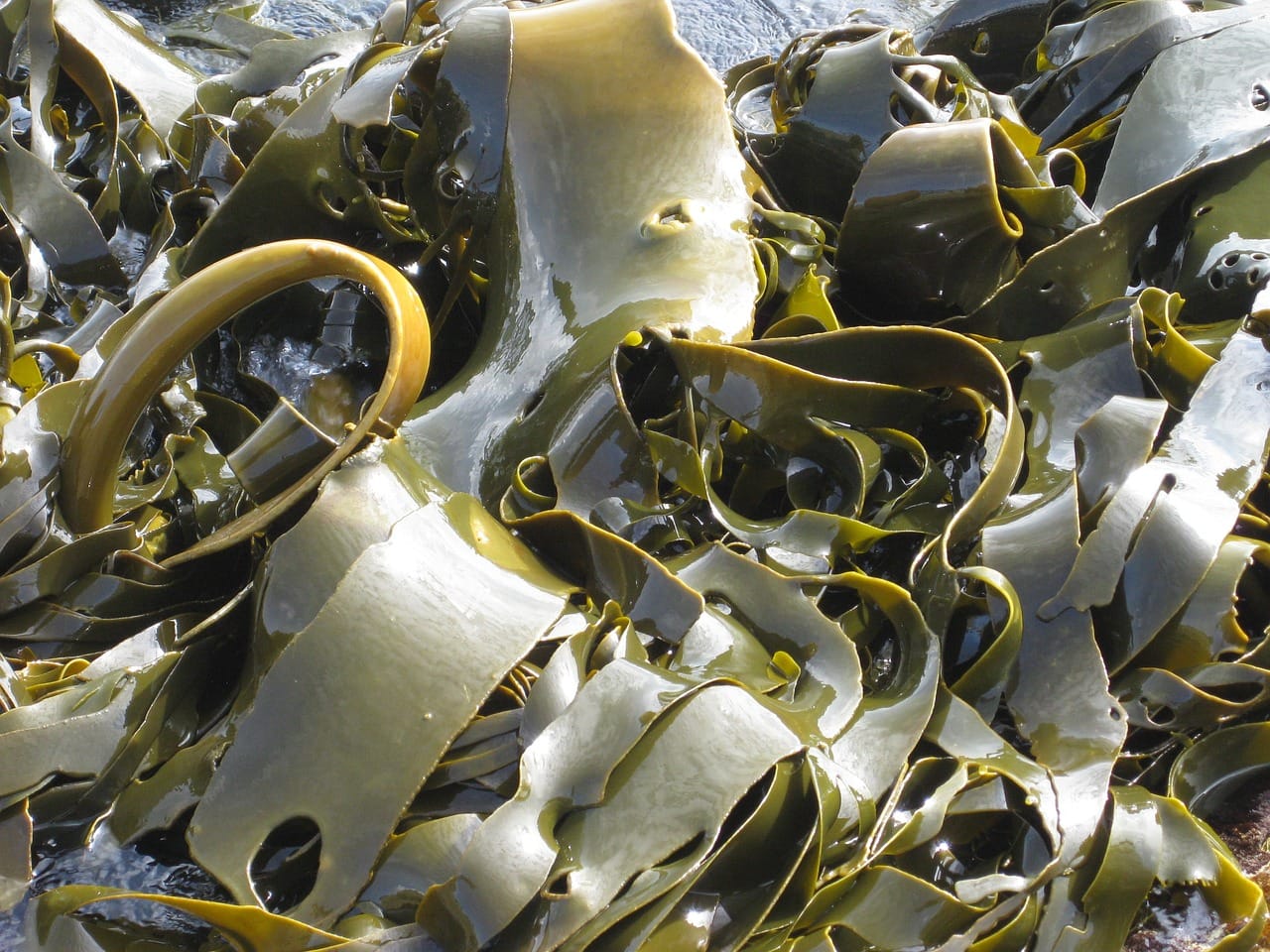
Kelp on Your Plate? 🍽️
Believe it or not, you might already be consuming kelp! It sneaks its way into toothpaste, shampoos, ice cream, cakes, and salads. This versatile sea veggie is packed with nutrients, low in calories, and can even help with weight management. Plus, kelp may support good bone health and help regulate blood sugar. Next time you're whipping up a stir-fry, try adding some kelp—it’s a great way to get a little ocean goodness into your diet! 😋
Kelp is a shining example of nature’s brilliance—a plant-like algae that builds underwater forests, nurtures diverse marine life, absorbs tons of carbon, and even boosts our health. If "all-arounder" were an algae, kelp would definitely be it. 🌊💚
Sincerely,
Blue 💙
Sources:
NOAA. (2023, January 20). What is a Kelp Forest? National Ocean Service website, https://oceanservice.noaa.gov/facts/kelp.html
OCEANA. (n.d). Kelp Forest. Oceana website, https://oceana.org/marine-life/kelp-forest/
NOAA. (2023, January 20). How do people use Kelp? National Ocean Service website, https://rb.gy/dlct7
Buettner, K. (2020). Kelp Benefits: A Health Booster from the Sea. Healthline. https://www.healthline.com/health/food-nutrition/benefits-of-kelp#how-much-kelp



